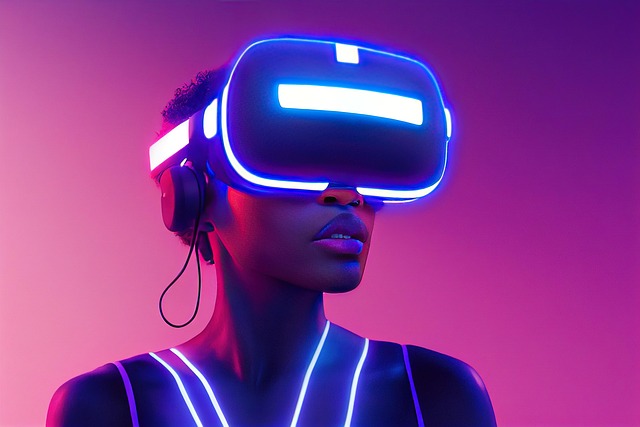As technology continues to advance, the realms of virtual reality (VR) and augmented reality (AR) are evolving, creating immersive experiences that feel more real than ever before. One of the most captivating aspects of this evolution is the concept of immersive facial mimicry. This powerful tool is not just about creating digital avatars that look like us; it’s about enabling genuine connections and enriching experiences in the metaversum.
Imagine stepping into a virtual environment where your avatar doesn’t just resemble you; it reacts and expresses emotions just as you would. With the development of immersive facial mimicry technologies, this dream is becoming a reality. Using advanced motion capture and AI-driven animation, users can express a range of emotions, from joy to surprise, mimicking real-life interactions in astounding detail. This level of realism allows for deeper emotional engagement, making virtual interactions feel almost as fulfilling as physical conversations.
In the context of VR, this technology opens the door to unprecedented experiences. For instance, in virtual classrooms or simulations, learners can engage with their peers and instructors in a more natural and relatable manner. When a student smiles or frowns, their avatar responds in kind, fostering a more supportive and interactive learning environment. This immersive approach not only enhances communication but also builds a sense of community, which is vital for effective learning.
On the other hand, AR brings immersive facial mimicry to our everyday lives. Imagine walking through your favorite city, holding up your smartphone to see virtual overlays of historical events or artistic enhancements on the buildings around you. With facial mimicry, your expressions could trigger specific augmented experiences—smiling at a fascinating fact might lead to a celebration of visuals, making learning and exploration engaging and memorable.
As we delve deeper into the metaversum, the potential applications of immersive facial mimicry multiply. Social platforms in virtual worlds can foster authentic connections where users, no matter the distance, can share their emotions through their avatars. This creates a vibrant tapestry of interaction that mirrors our real-life social behaviors. Gone are the days of static and unresponsive avatars; the future is about living, breathing digital representations of ourselves.
Furthermore, businesses can leverage this technology to create more engaging marketing experiences. Consumers could virtually ‘try on’ products, their facial expressions providing instant feedback and enhancing the shopping experience. Imagine a beauty brand that uses AR to allow users to test products on their own faces while simultaneously responding to their smiles or frowns, personalizing recommendations based on real-time emotional cues.
In summary, immersive facial mimicry is set to unlock new dimensions in both virtual and augmented realities. Whether we are connecting as friends in the metaversum, learning in virtual classrooms, or engaging with brands through AR, the ability to express ourselves authentically transforms every interaction into a memorable experience. As developers and creators continue to push the boundaries of these technologies, the engagement and immersion we experience will only deepen, reminding us of the importance of genuine human connection, even in the digital world.



